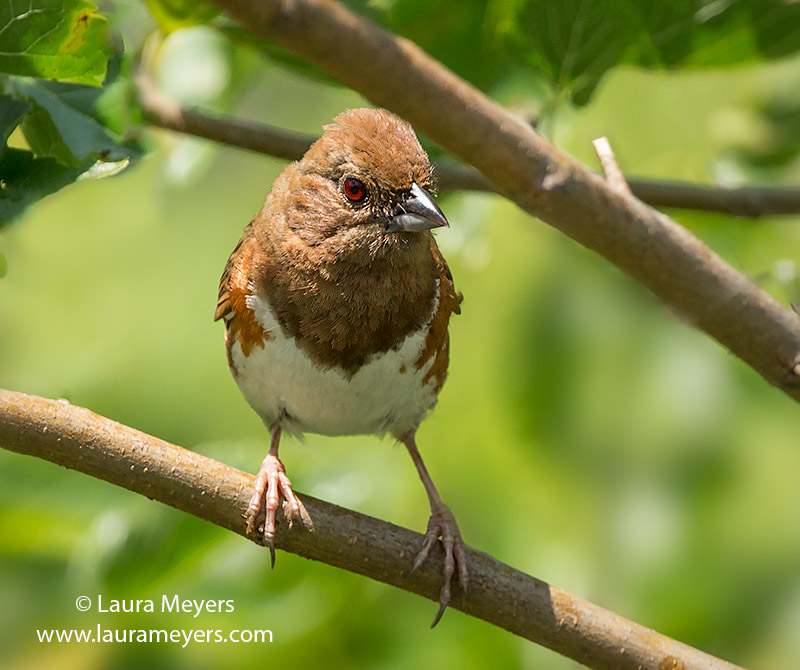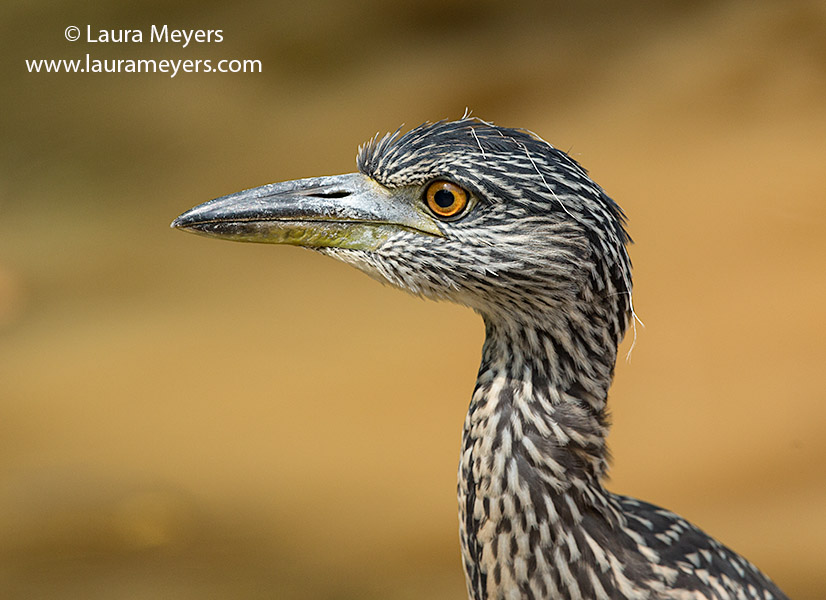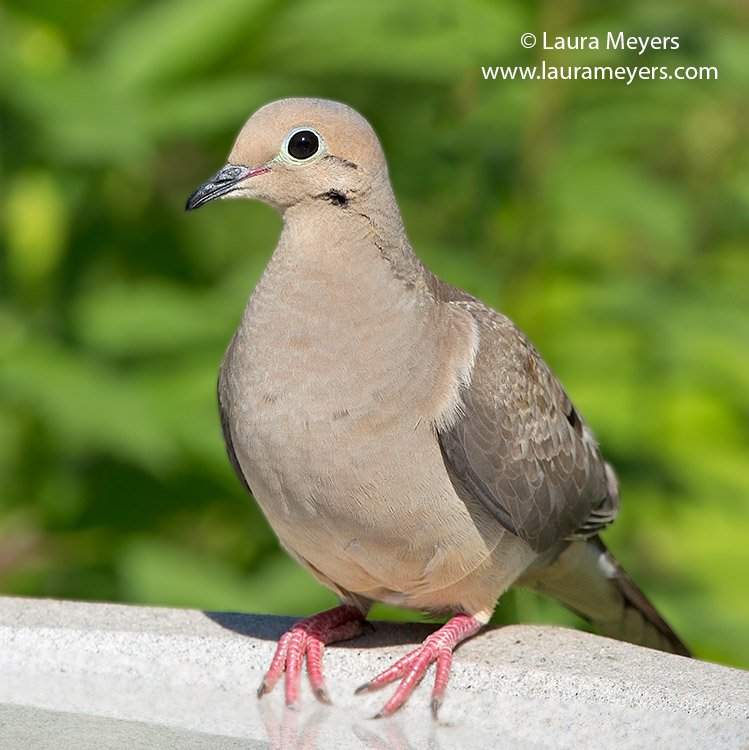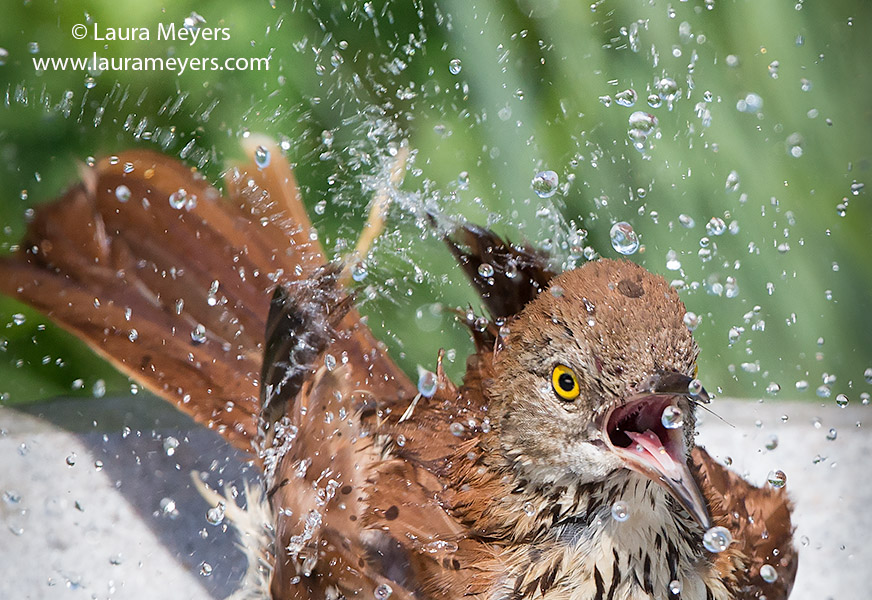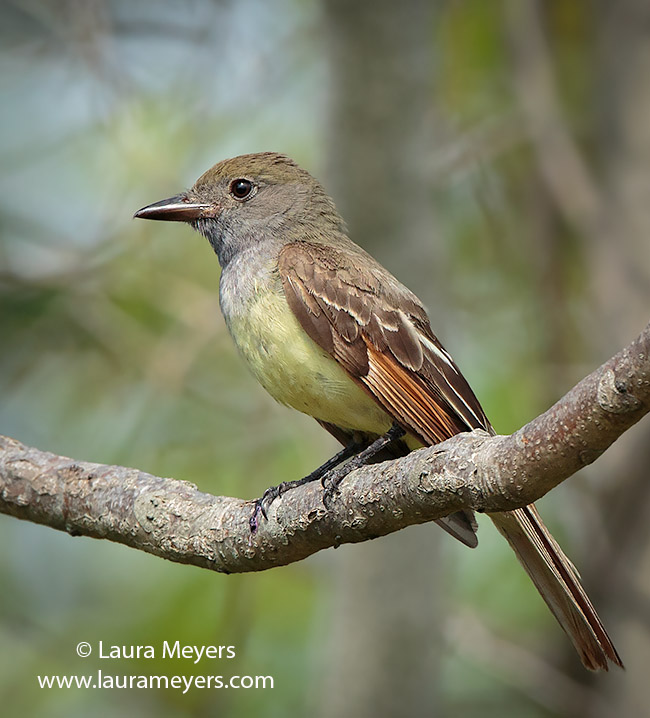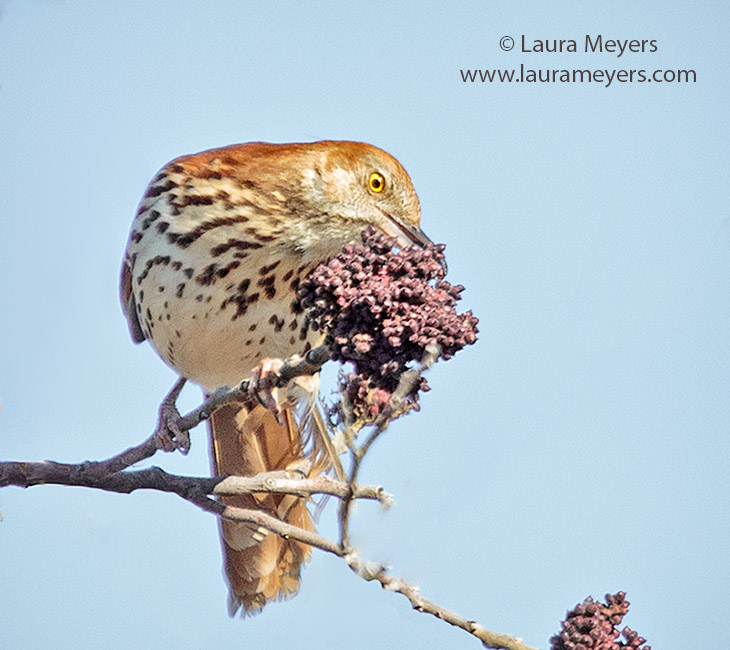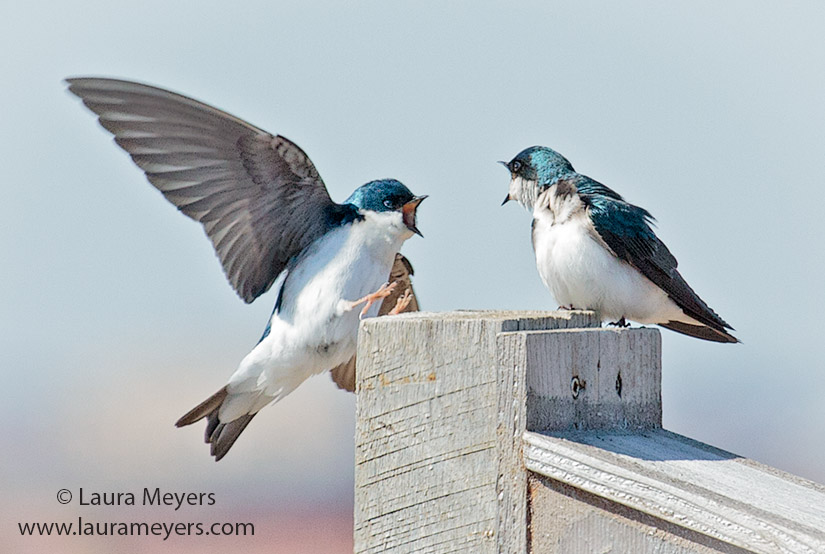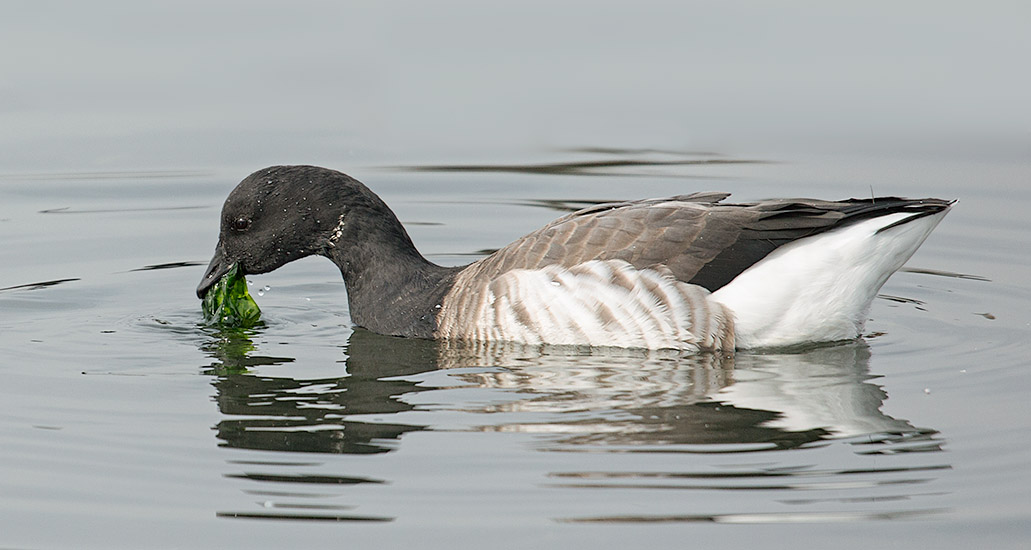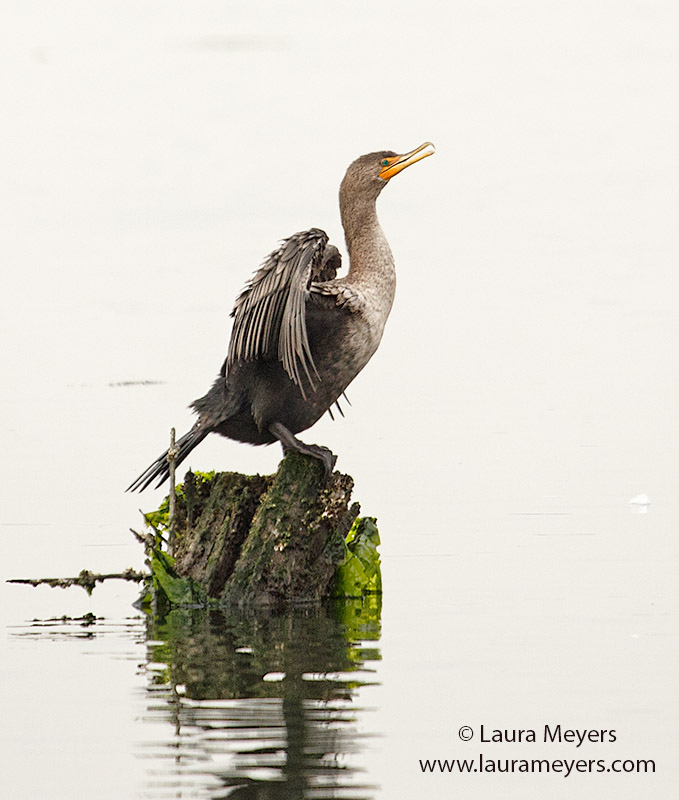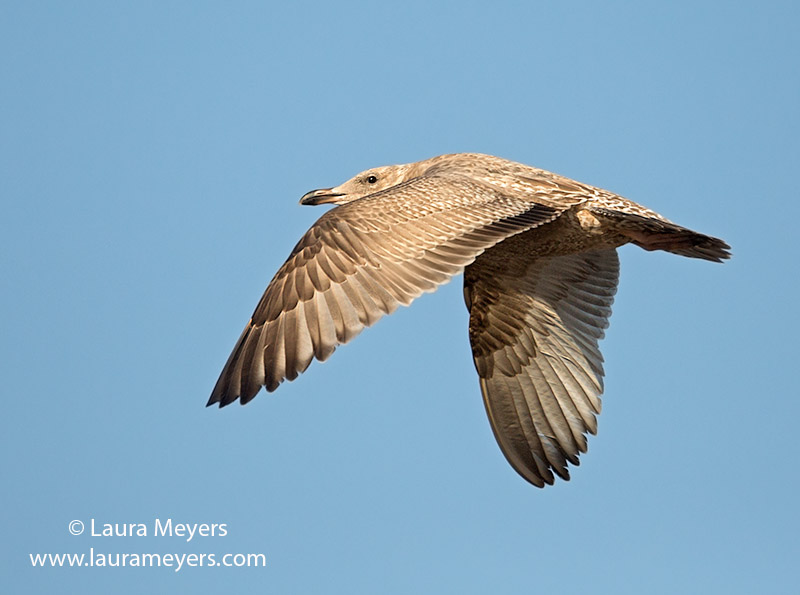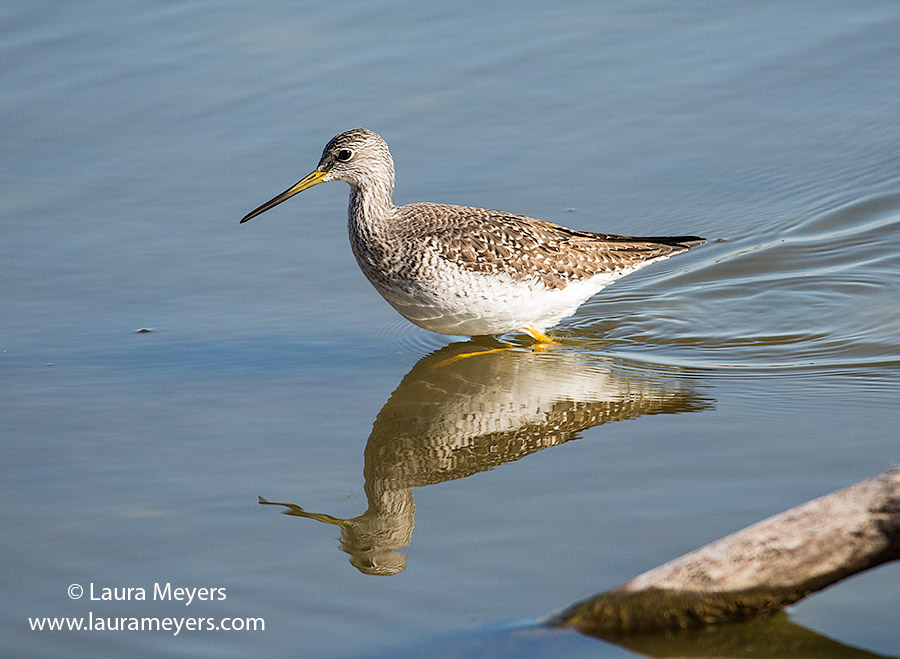Eastern Towhee
The picture of this male Eastern Towhee exiting the bird bath was taken near the visitor’s center at the Jamaica Bay Wildlife Refuge in Queens, New York. The picture of this male Eastern Towhee was photographed with the Canon 5D Mark III Canon 300mm f2.8 IS II with the 2X extender
To hear the song of the Eastern Towhee, click on the arrow below.

